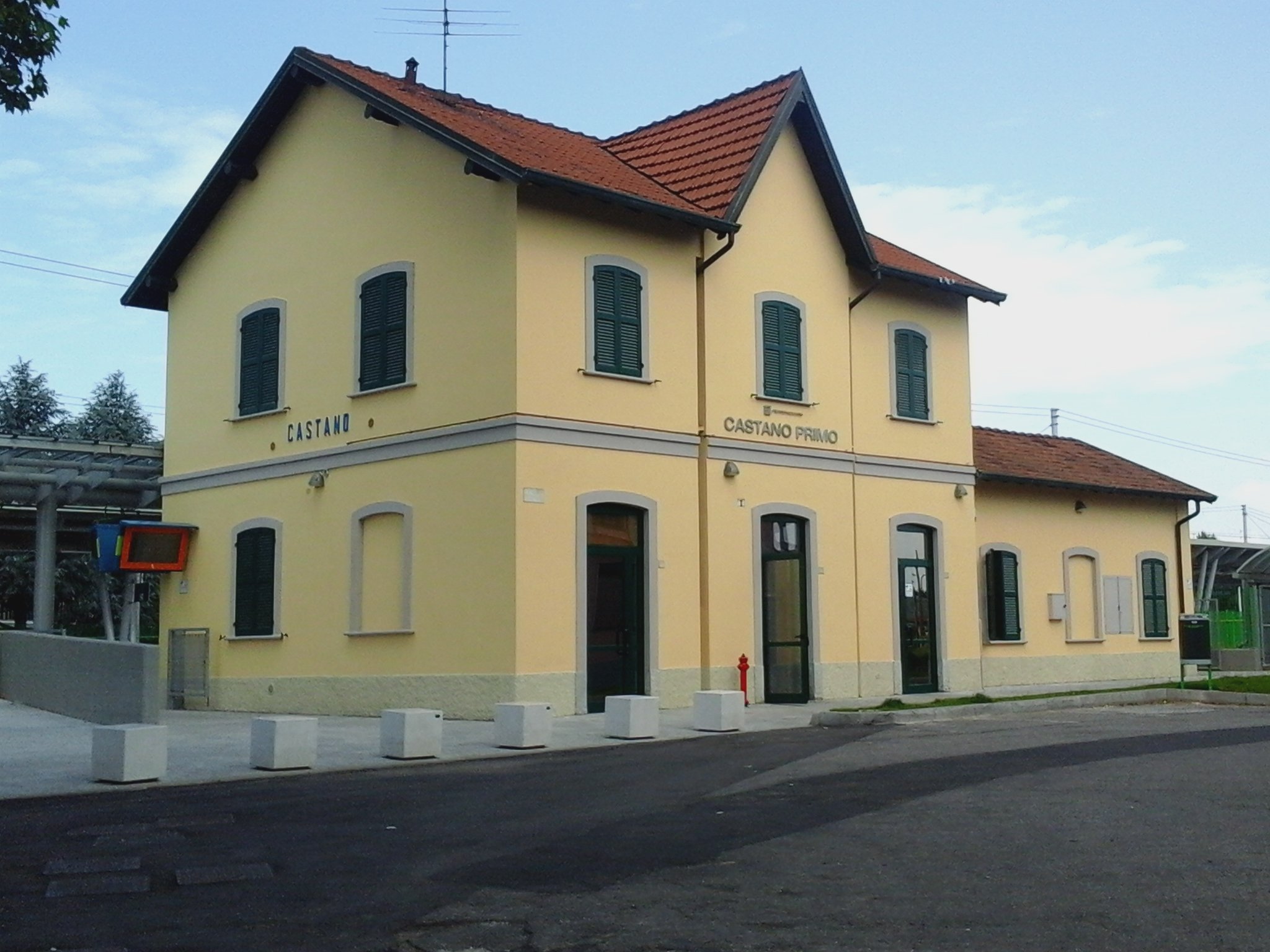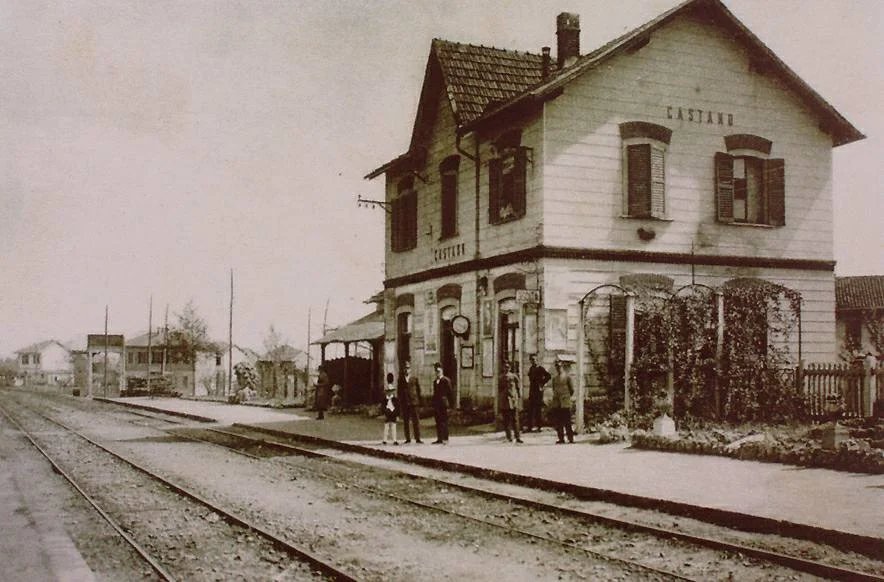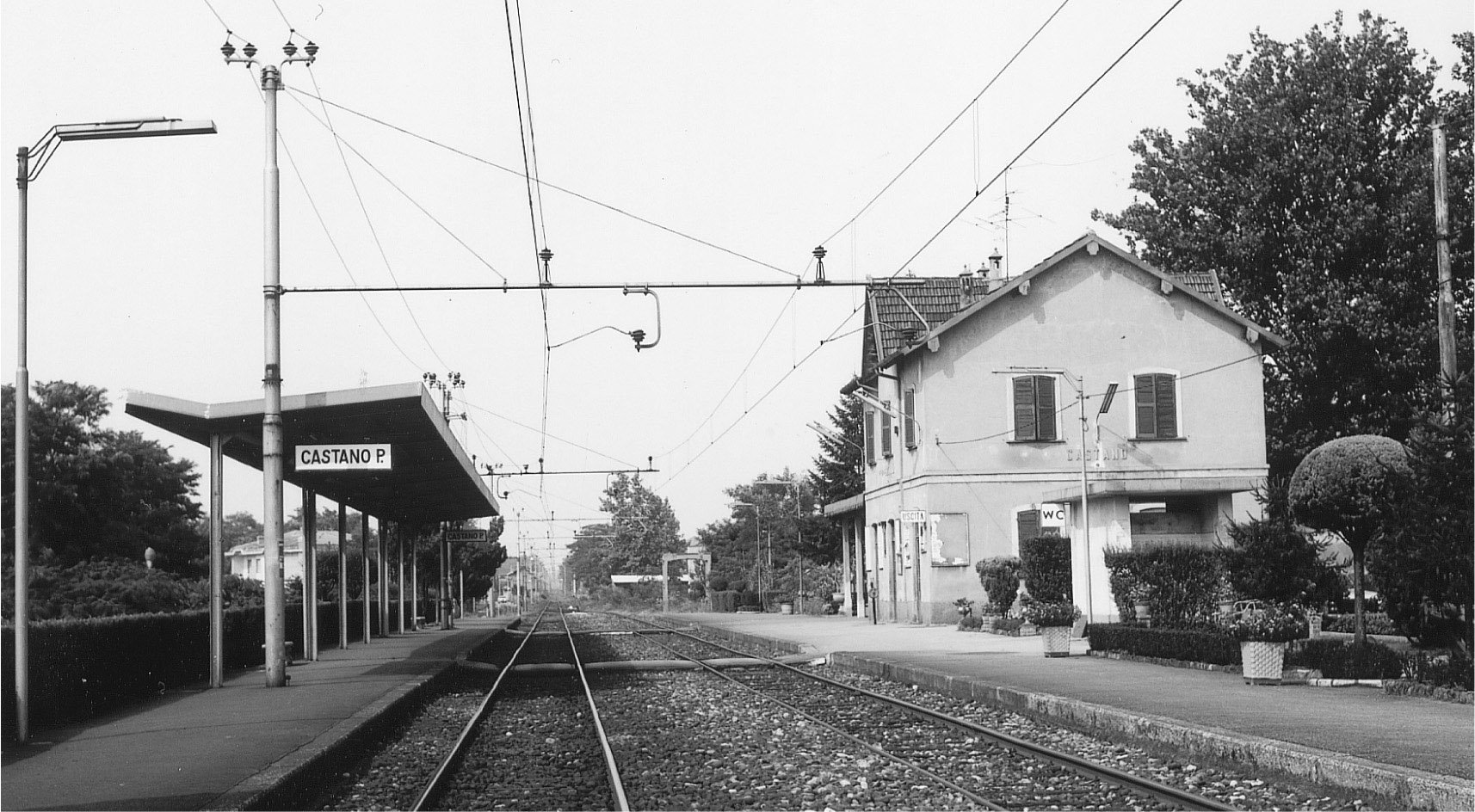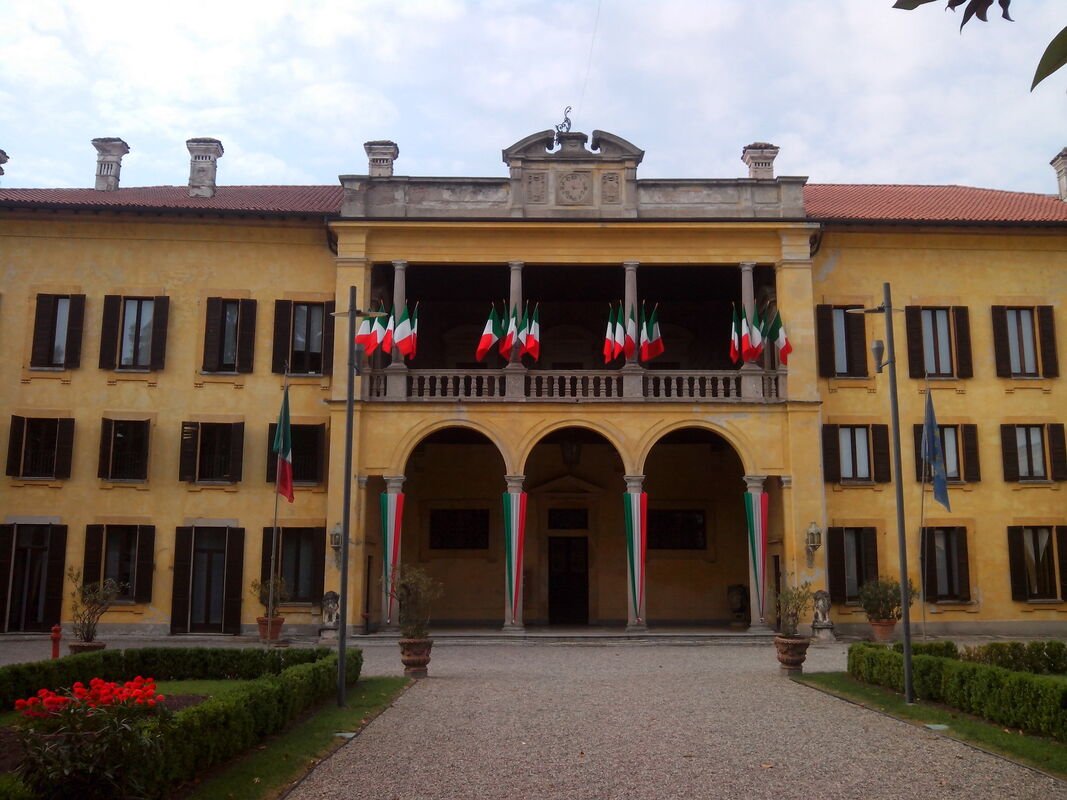Castano Primo


Castano lies at the north-west edge of the Metropolitan City of Milan. The area is bordered for a short stretch by the Ticino river. At the border between Nosate and Lonate Pozzolo are the run-off tanks for the Arno river, which releases its overflow into the Ticino in the Castano area. Two canals deriving from the Ticino also run through Castano: the Canale Industriale and the Canale Villoresi. The latter runs through the town centre. Following the Unification of Italy in 1863, Castano added the adjective “Primo” to its name, by decree of King Victor Emmanuel II, in order to distinguish it from other smaller towns of the same name.
During the 1880s there were also major developments in the Castano area: in 1880 the tramway connecting Castano to Milano opened, in 1885 the digging of the Canale Villoresi was completed, and in 1887 the Novara-Saronno-Seregno railway line opened. Between 1800 and 1900, Castano’s economy switched from mainly agricultural to industrial. In the early 1900s, the most highly developed sectors were silk spinning and weaving, followed by machinery. Between 1880 and 1952, Castano Primo was the end of the line for the Milano-Castano Primo tramway, nicknamed "Gamba de legn” (Wooden Leg) The terminus was in Piazza Garibaldi.
Gallery

Castano in bloom, early 1900s 
Castano in the 1970s; little has changed since then 
Villa Corio Rusconi (450 m from the station): this stately home was commissioned and built by the Milanese Corio family, using the proceeds from the revenue of the provost of Sant’Ambrogio in Milan. Following events which brought about the fall of the Corio family, the villa changed hands several times. The villa has the architectural features of 17th-century buildings in the Richino style: the classic U-shaped plan, with a spectacular three-storey central body and two side wings used for farming and service purposes. The extensive garden has two main areas: one lying to the front and one at the back. A stone architrave bears the Corio crest surmounted by a provost’s hat and the date of completion in 1656 at the time of Marquis Giuseppe. The reception rooms are frescoed with the typical motifs of “villa culture”: these include wall decorations, landscape paintings, mythological works and allegorical figures.